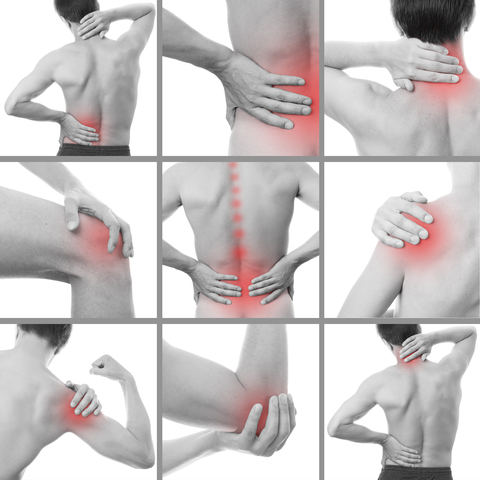
Every year before the beginning of full contact football practice, we would get the “pain vs. injury” speech.
“Boys, you will all feel pain. Few of you will feel injury.”
This was not news to me. I understood the difference as the fourth child of four. Once you reach a certain age, you learn very quickly the difference between the infliction of pain provided by older siblings and the more serious damage that results from injury.
When Pain is a Good Thing?
When it comes to exercise, there still seems to be this perspective perpetuated by the more bravado-filled humans that seeking greater discomfort is a good thing. Let’s just call it the “No Pain, No Gain” mentality.
It would be dishonest of me to state that one can make great progress without discomfort. Let’s face it. Exercise doesn’t necessarily feel good all the time. It’s usually afterward that it feels good.
On one hand, just to be done with your exercise program for the day is a wonderful feeling.
On the other hand, recognizing your accomplishments of the day or setting a new personal record effort is even more satisfying.
While we don’t need to feel miserable during a workout, the small doses of discomfort we experience add to our physical resilience and make us more resistance to all the stressors of our lives. That’s one of the reasons why exercise may be the most important “drug” we should all be taking.
Much like the concept of hormesis, taking small doses of poison to become resistant to poison (10 points if you remember the Iocaine powder scene from Princess Bride), exercise makes us physically and psychologically stronger. The rest of life gets easier to manage on all counts.
When Pain is a Bad Thing
Pain can also be your brain’s way of getting you to attend to something that may be important. Pain does not equate with injury, but it’s always safe to rule it out.
Here’s a short list on how to tell the difference between the exercise kind of discomfort and something you need to pay more attention to:
- Exercise discomfort tends to ramp up gradually during a specific activity or movement and then ebbs away once you stop the exercise.
- Exercise discomfort tends to be regional (the areas being exercised) but general such that you couldn’t put your finger exactly on the area of effort.
- Focal discomfort that you could narrow down to a very small area that recurs each time you perform the same movement may warrant notifying your coach for further determination of severity, and the need to modify your program.
- If you experience the cardinal signs of pain, swelling, redness, excessive warmth, or loss of movement or use of a body area, notify your coach immediately as this may be associated with an inflammatory response.
- Excessive muscle soreness or muscle soreness that lasts more than 48 hours should be reported to your coach to allow your coach to make program adjustments.
- Any pain that prohibits exercise should be reported and may warrant a visit to the purple room for an injury consult.
- If you have ANY doubt about how you feel and are unsure as to severity, let someone know as soon as possible, so we can come up with the best course of action.
0 Comments
Join the conversation